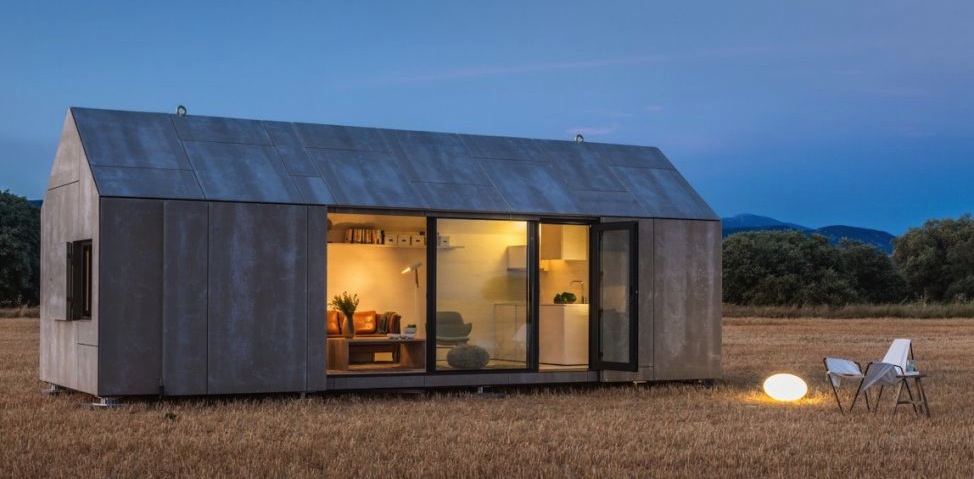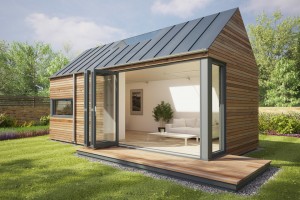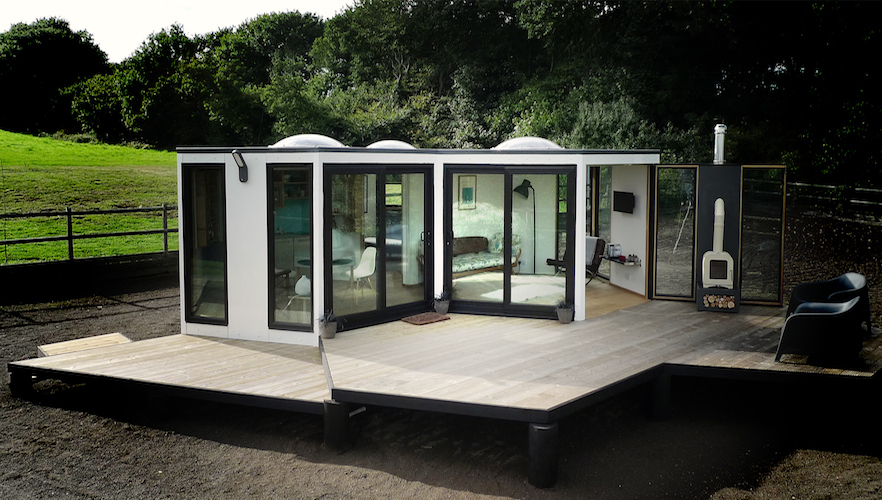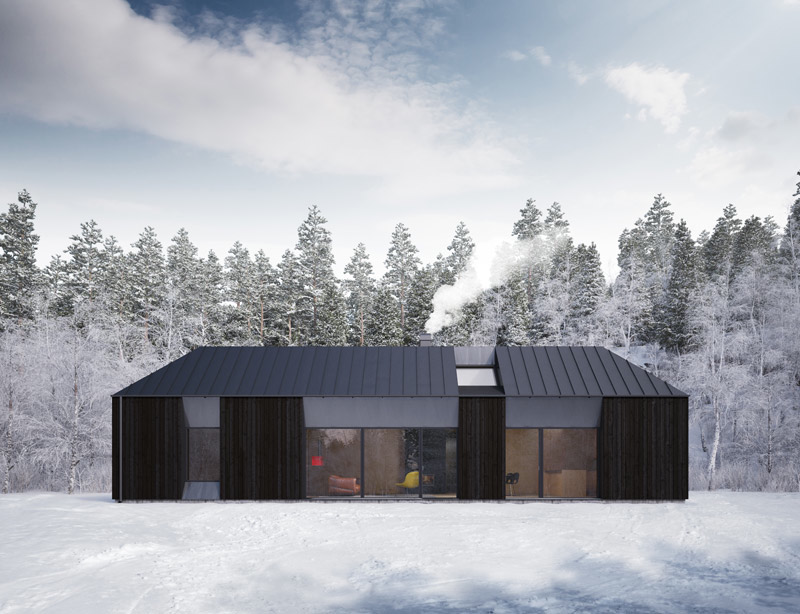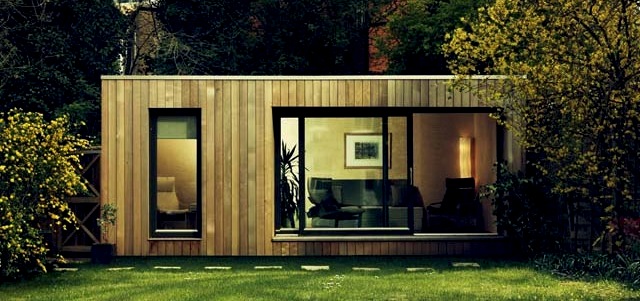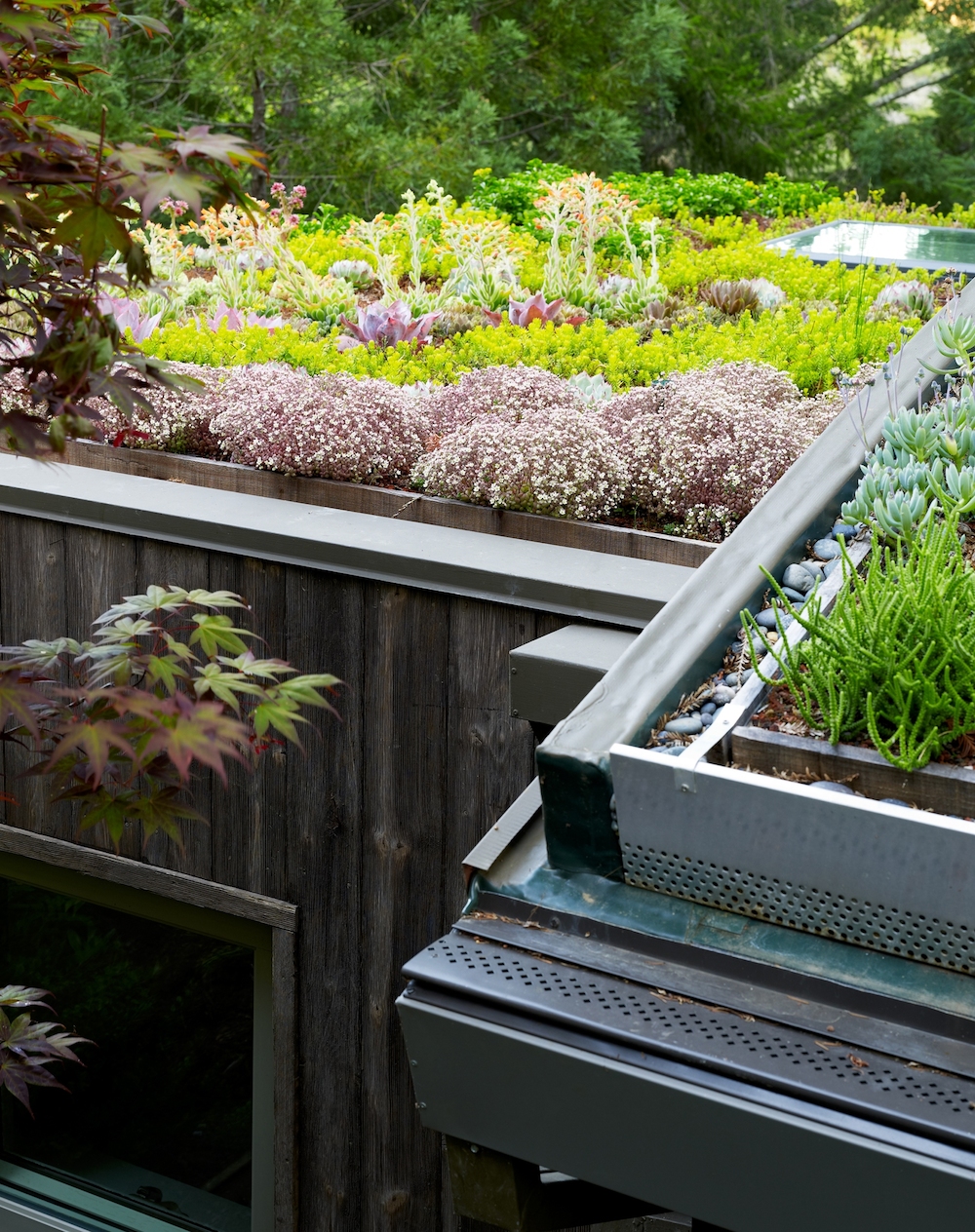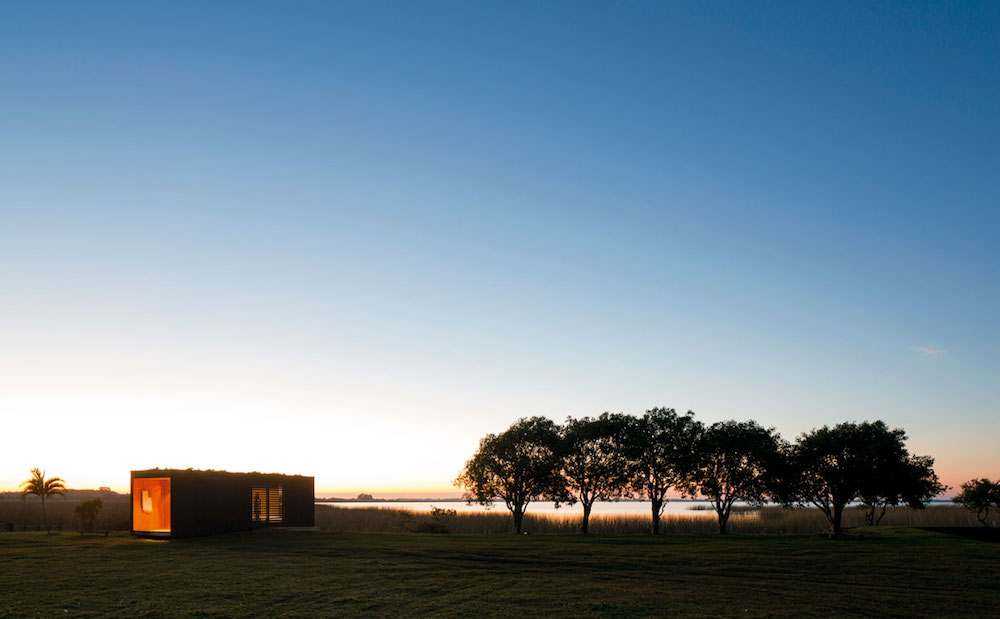
Off-grid living certainly has its appeals for many – a tranquil pace of life without the obligation of utility bills or the need to live near settlements to be connected to these services in the first place. The sharp decrease in the price of solar panels, the availability of satellite internet connections, and the development of water purification systems have made it a very achievable prospect nowadays.
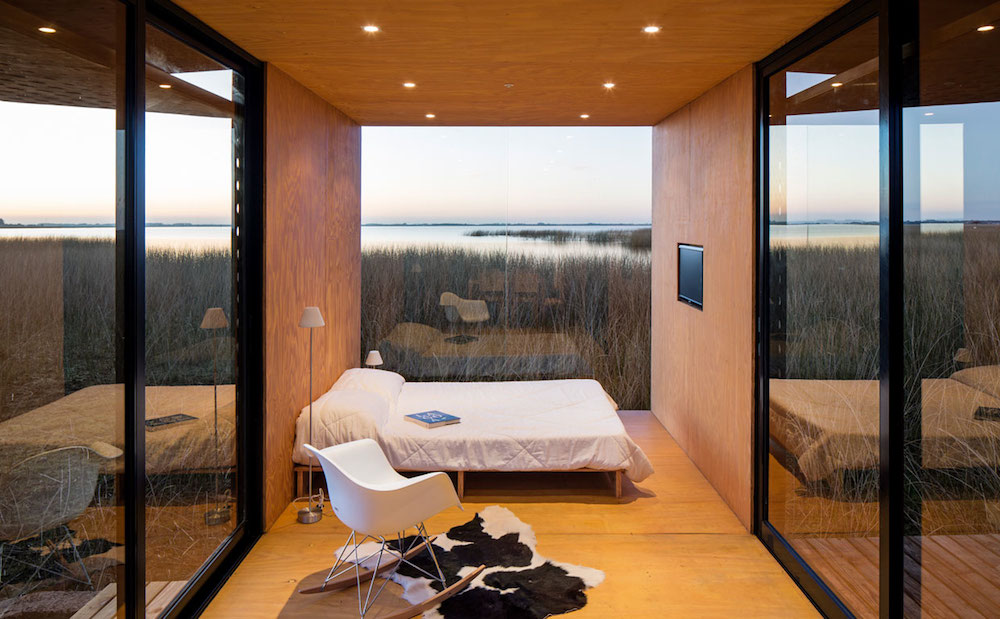
As a result many compact, prefabricated, modular housing designs have emerged to cater to demand. We’ve previously featured Ecospace studios, ÁPH80 cabins and the Hivehaus by Barry Jackson.ow we’re taking a look at MINIMOD by MAPA Architects.
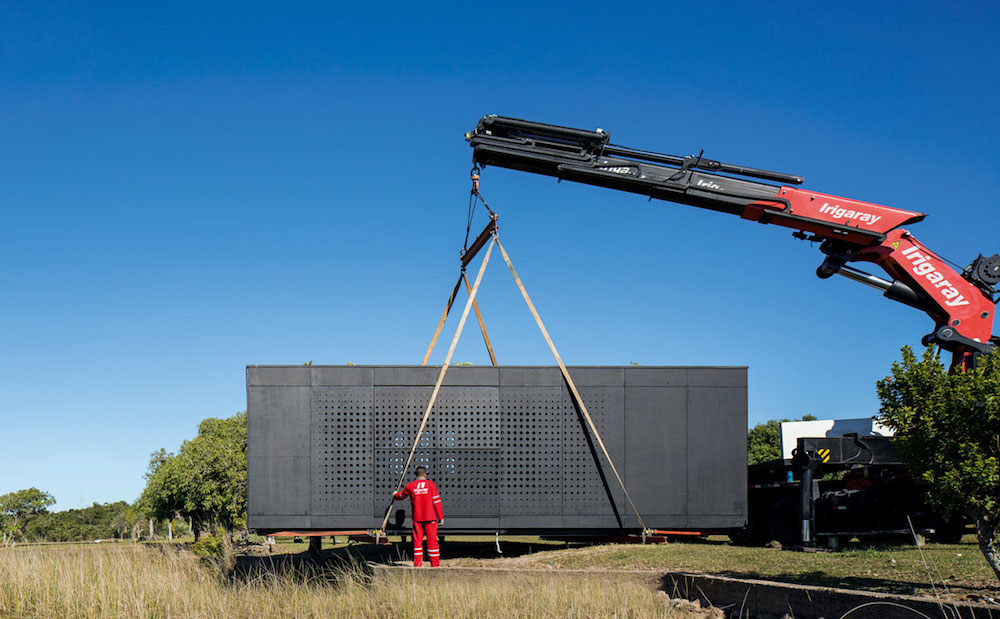
Just like the cement board clad ÁPH80 homes by Ábataon Architects, MINI MOD cabins have the same approximate shape and size as shipping containers enabling them to be transported on the back of standardised lorries and trucks. However note that these prefabricated structures aren’t actually shipping container homes as is the trend currently.
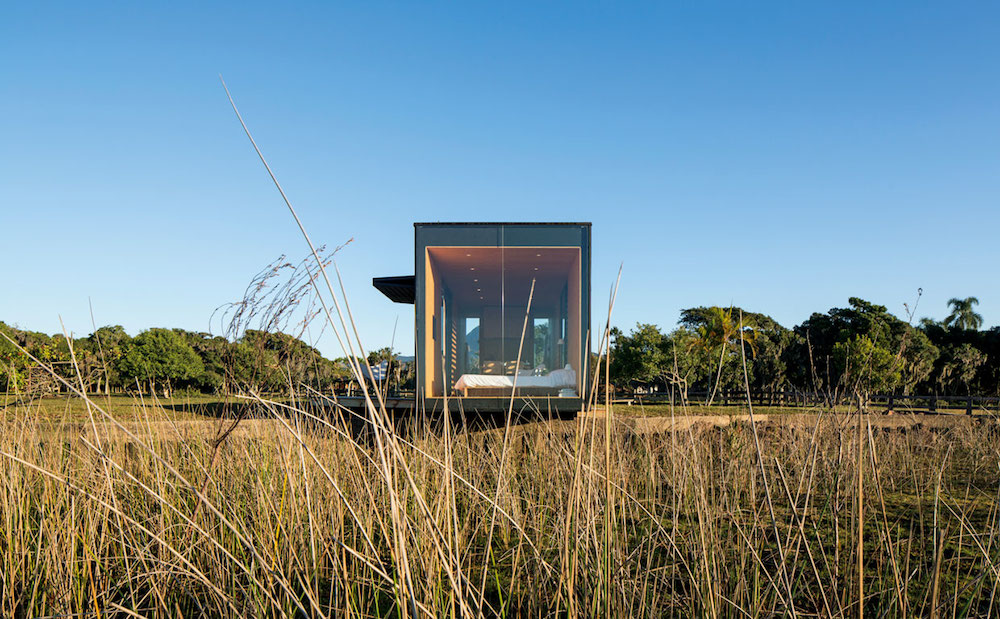
This means that MINI MOD cabins can be efficiently made in a factory environment and then transported to the desired location in one piece. This is commonly known as prefabricated housing and means that they can be set up on site in less than a day with minimal disturbance of the surrounding environment.
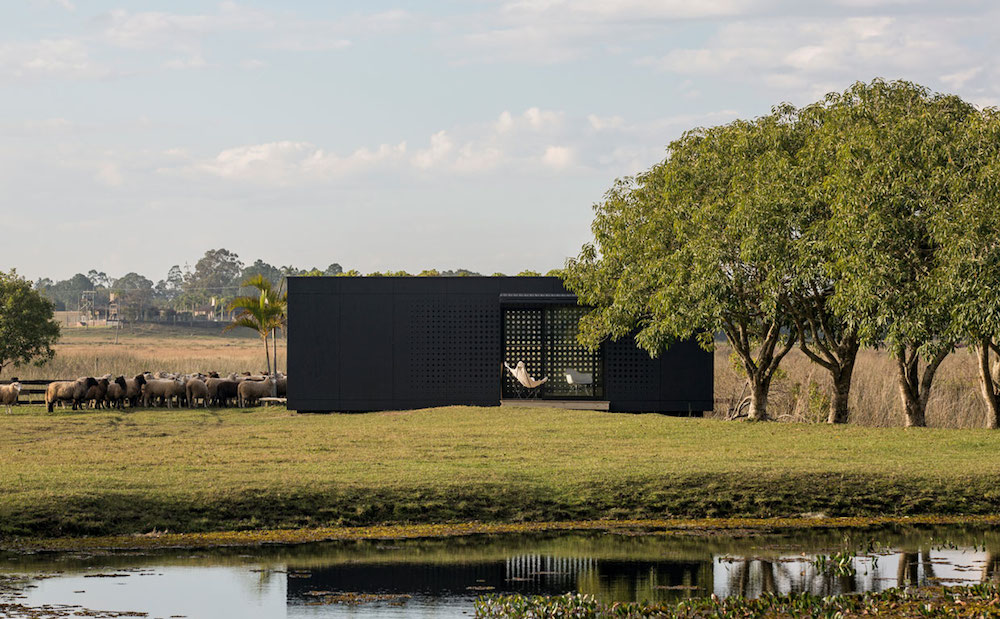
MINIMOD cabins are composed more or less entirely of recycled wood. The interiors are exposed plywood which is a little too orange for my personal liking while the exterior has been given a black coating which affords it weather-proofing. The cabins are also elevated slightly from the ground to reduce the effects of moisture.
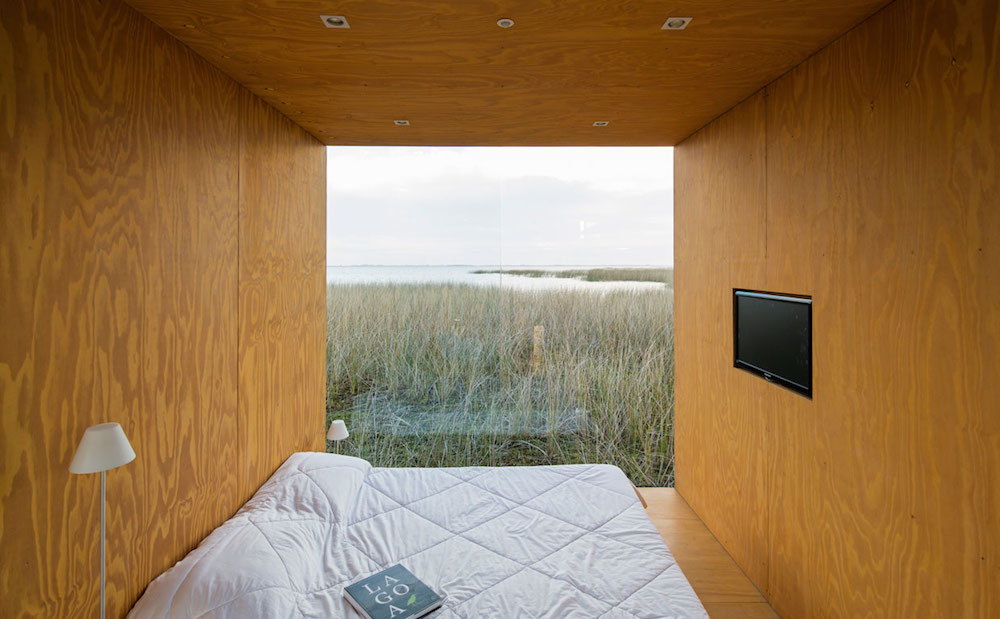
Floor-to-ceiling windows occupy the walls at either end of the MINI MOD houses which might feel a little too exposed for some although these cabins are intended to be installed in ultra-remote locations where no passers by are expected. Screens or curtains are of course also an option.
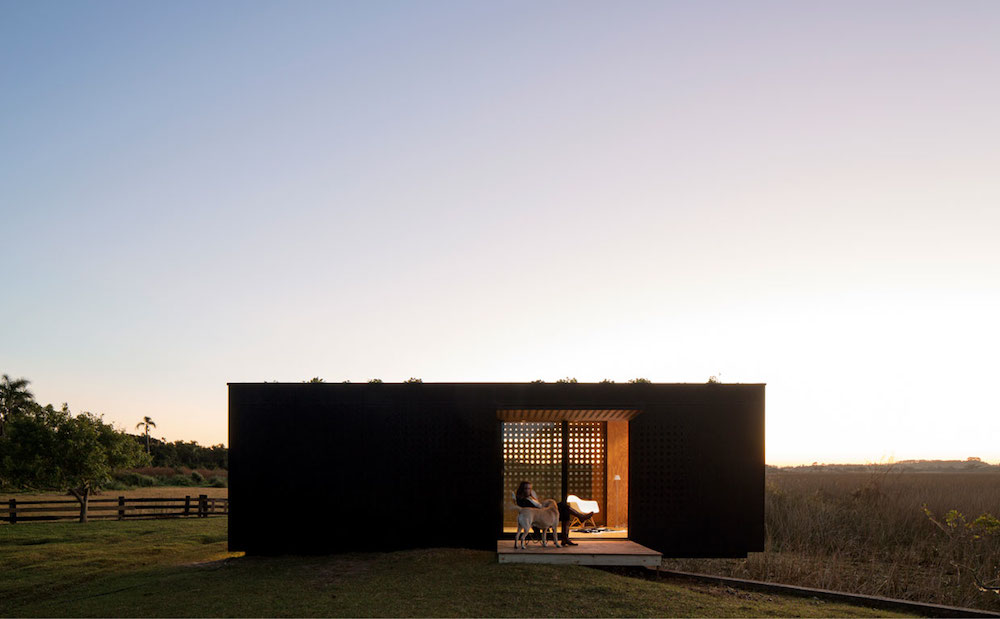
The expansive windows on the sides of the cabin feature some really clever shutters and I think MAPA Architects should consider incorporating these on the end windows as well. When opened, these shutters form a canopy and they have perforations in their panels to offer privacy while also allowing the inhabitants to take in the outside views.
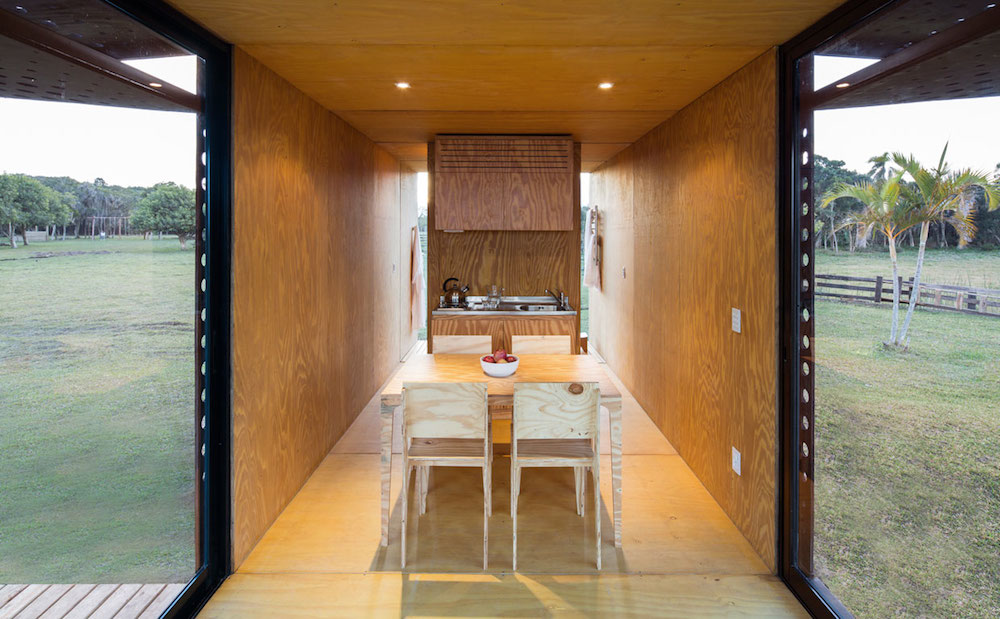
The proposed linear floor plan of the MINI MOD cabins is a little unorthodox but does mean that no area is wasted in the form of hallways and that there are no unnecessary walls to make the space feel enclosed. A sleeping area is found at one end of the MINI MOD cabin which is followed by a sitting area, a kitchen and finally a screened off shower at the other end.
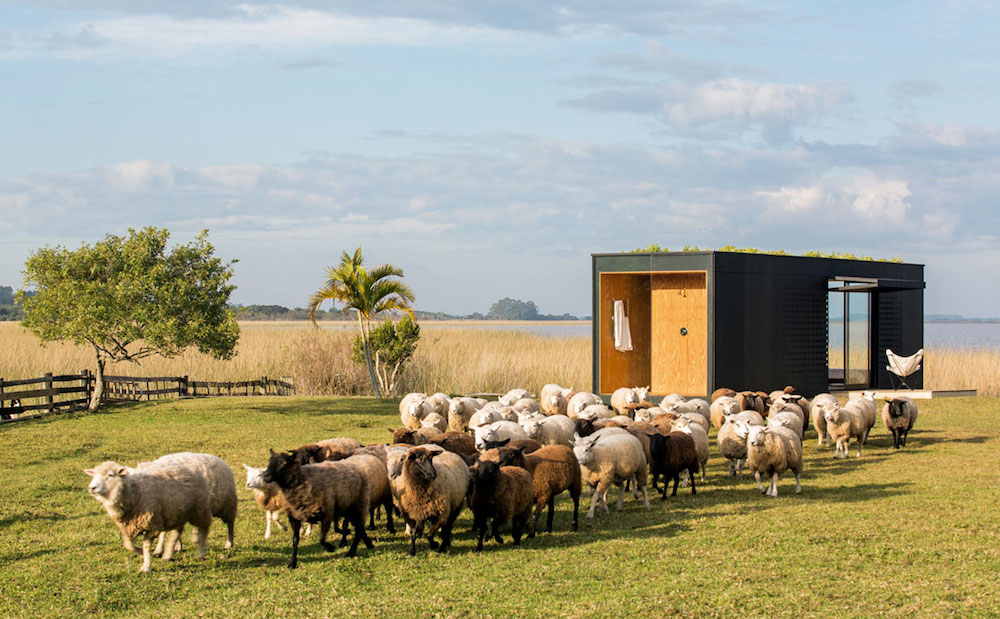
MINIMOD is intended to be a highly sustainable, eco-friendly dwelling and not only is it made of recycled wood, it also features a living green roof which incorporates a rainwater harvesting system.
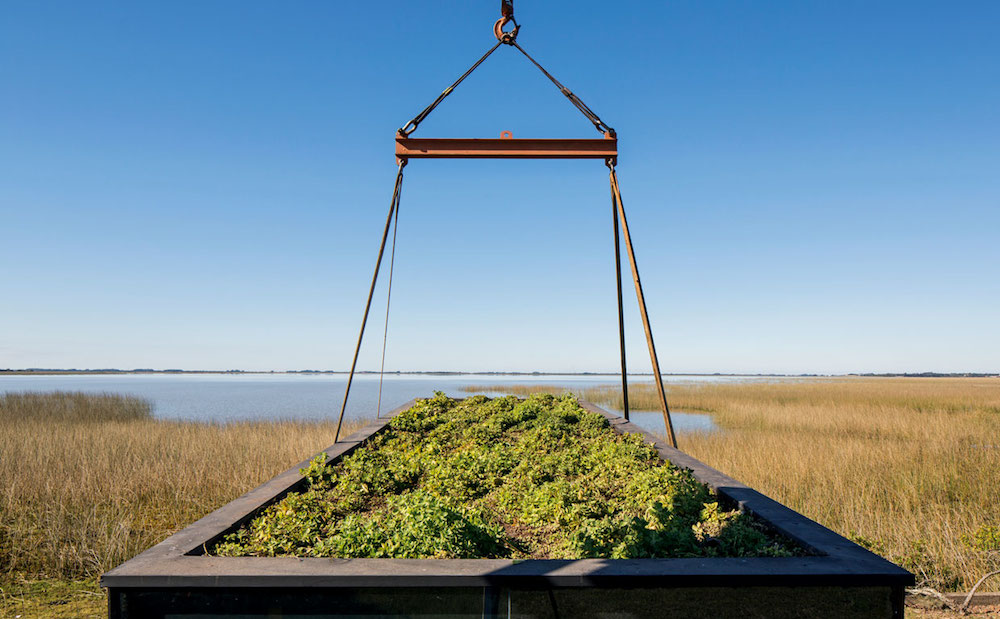
Share this Post


